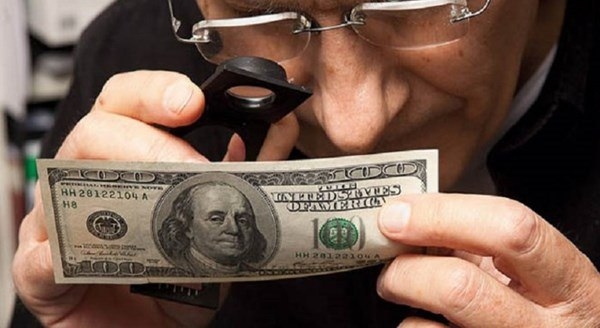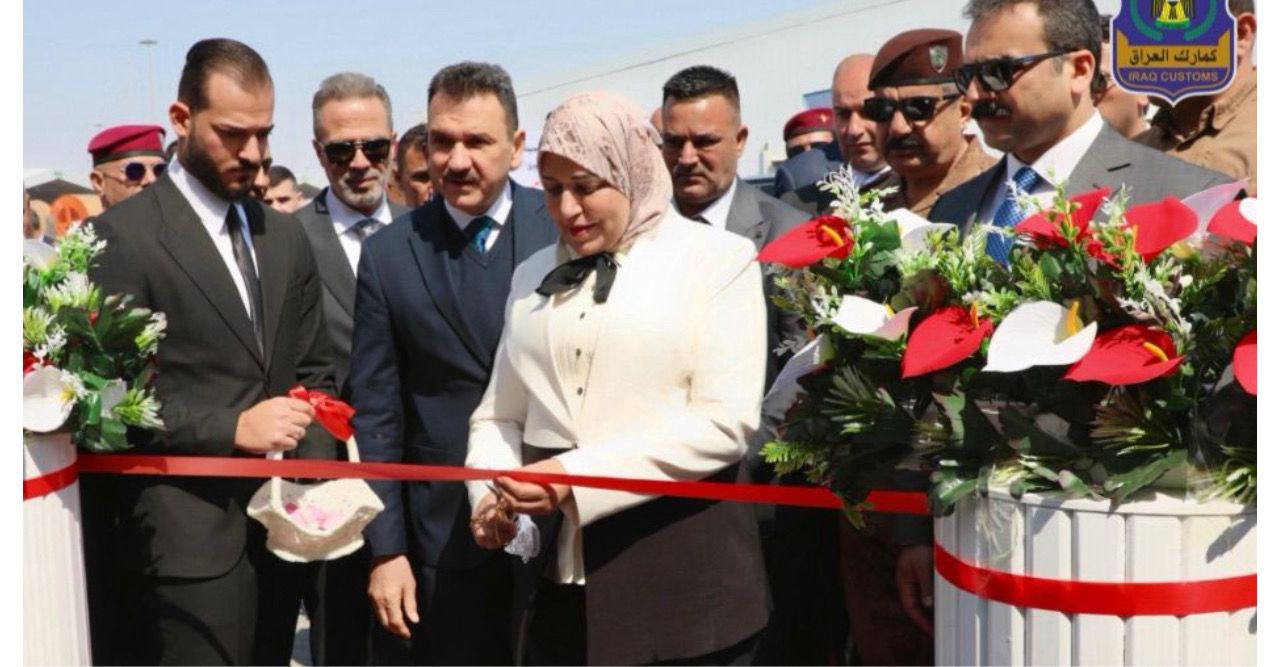How BRICS Will Launch their New GOLD-BACKED Currency System
The BRICS Alliance is spearheading a transformative agenda aimed at recalibrating the world’s financial system.
This movement seeks to shift away from the prevailing dominance of Western fiat currencies, notably the US dollar, towards a more equitable system underpinned by tangible assets such as gold and commodities.
The reasons driving this shift are many, encompassing a desire for financial stability, equitable global development, and resilience against unilateral sanctions and economic policies perceived as unsustainable.
Foundation of the BRICS Asset-Backed Financial Vision
At the heart of the BRICS strategy is the development of a new financial and currency system that diverges from the fiat currency model, which is primarily based on government credit and often subject to inflationary pressures.
Instead, BRICS proposes a system grounded in tangible assets.
This initiative is not merely a response to the economic imbalances and vulnerabilities inherent in the fiat system but also a strategic move to reassert sovereignty over national financial affairs and reduce dependency on Western financial institutions.
The proposed BRICS currency would be dual-backed: by the national currencies of the member states and by a basket of commodities, including gold.
This approach aims to provide a stable and reliable means of exchange that reflects the real economic output and reserves of the participating nations.
The introduction of such a currency is predicated on international law and mutual agreements among the interested countries, ensuring a foundation of legitimacy and mutual benefit.
How Would this New Financial and Currency System Roll Out?
The implementation of this new financial system involves several key steps. Initially, the system will focus on the BRICS nations and potentially include members of the Shanghai Cooperation Organization (SCO).
The infrastructure is already partially in place, with mechanisms such as Russia’s SPFS (System for Transfer of Financial Messages) serving as alternatives to Western systems like SWIFT.
The digital form of the new currency is crucial for reducing transaction costs and enhancing accessibility outside the conventional banking system.
Central to the system’s success will be the establishment of a stable exchange mechanism, supported by a mathematical model to ensure its sustainability.
This requires the collaboration of central banks within the BRICS nations to approve and adopt the currency for international trade, along with the creation of digital national currencies that can be used seamlessly in cross-border transactions.
What are the Challenges in Launching the New Currency System?
However, the realization of this ambitious plan faces several challenges. First and foremost is the need for a political consensus within and between the BRICS countries and their partners.
The reluctance of some central banks and government officials, still aligned with the traditional IMF paradigm, poses a significant hurdle.
Furthermore, the task of establishing a new pricing mechanism for commodities, free from Western speculation, requires extensive coordination and the creation of new international legal frameworks.
Another critical challenge is the reformation of existing financial institutions like the New Development Bank (NDB) to support the new currency system.
This involves a shift in operational structures away from dollar-centric fiat models towards those that can accommodate and foster the growth of the new BRICS currency.
Will this New BRICS Financial System Trigger a GCR?
Should the BRICS nations overcome these obstacles and successfully implement their plan, the impact on the global financial system could be profound.
A stable, asset-backed currency system would provide a viable alternative to the fiat currency model, potentially leading to a “Global Currency Reset.”
This reset would challenge the current dominance of Western currencies and financial institutions, offering countries around the world a more stable and equitable means of conducting international trade and finance.
Such a shift could herald the return of a sound global financial system, less susceptible to manipulation by central bank policies and more reflective of the actual economic values of nations.
It would also establish a level playing field for global purchasing power, fostering a more balanced and fair international economic order.
In conclusion, the BRICS initiative to develop a new financial and currency system represents a bold step towards reshaping the global economic landscape.
The System Rollout Plan: Step-by-Step
Step 1: Agreement and Legal Framework
The process begins with an agreement among interested countries, underpinned by international law, to create a new currency. This foundational step ensures the legitimacy of the currency from the outset.
Initially, not all countries would be included. A focus on BRICS nations, possibly expanded to include members of the Shanghai Cooperation Organization (SCO), would suffice.
Step 2: Infrastructure Development
The development of necessary financial infrastructure is crucial. For Russia, for instance, this includes their own SWIFT-like payment system (SPFS), currency exchange mechanisms, and established correspondent relations between banks.
Step 3: Currency Composition
The new currency would be based on a dual-basket system. One basket would contain the national currencies of all participating countries, similar to the IMF’s Special Drawing Rights (SDR) but with more transparent criteria. The second basket would comprise commodities.
The new currency would function as an index of commodities and national currencies, backed by a mechanism for reserves to ensure stability and convenience.
Step 4: Digital Currency Implementation
The currency should be introduced in digital form to facilitate transactions outside the traditional banking system, significantly reducing transaction costs.
Approval from all Central Banks involved is necessary for the currency to be used as a transaction instrument.
Step 5: Price Mechanism and Stability
A new mechanism for price formation that eschews Western commodity exchanges is essential. This would involve a return to a system of long-term agreements and stable price formulas based on supply and demand, similar to practices during the Soviet Union era.
Legislation to make commodity trading through exchanges mandatory for transparency and to counter speculative price manipulation.
Step 6: Political and Financial Institution Support
The proposal for the new currency and financial system needs to be formally included in the agenda of BRICS summits, requiring political will and support.
The New Development Bank (NDB) could play a pivotal role in organizing international conferences and drafting international treaties to support the currency’s introduction, pending an internal reorganization to align with this new mandate.
Supporting reference: https://sputnikglobe.com/20240228/rocky-road-to-dedollarization-sergei-glazyev-interview–1117034183.html


